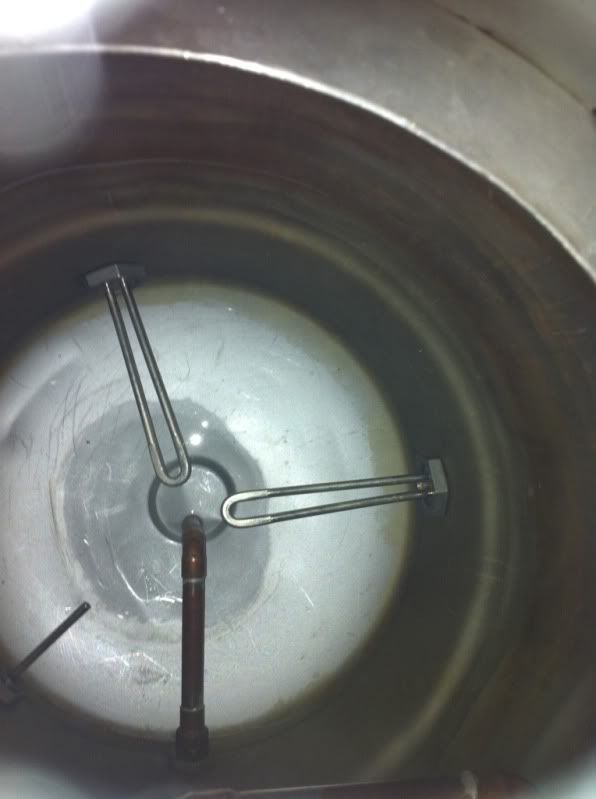Cpt_Kirks
Well-Known Member
It's not the ground causing you problems. The ground wire is litterally not connected to anything in a properly built system. You can bang on it with a hammer, piss on it, call it names, whatever you want, and it will never cause your GFI to pop.
The only reason the GFI would pop is because something is allowing current to escape from the hot-line of your power source. When the GFI sees that there is more current on the hot line than there is on the neutral line, it will kill the juice.
I pulled the encapsulated element from that stick, and tried it in a pan of water, with the ground attached to the pan. It works fine, no trips. The hot and neutral connections are fully potted in JB weld.
I'm going to try mounting it in the keggle. If it trips the GFCI, I can just unscrew it and replace it....if I ever get the $&@#*&#$%@ holes drilled...


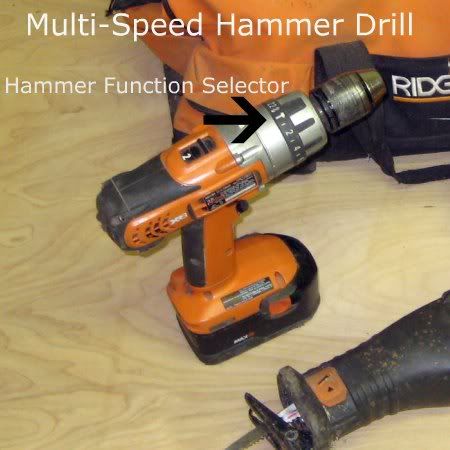

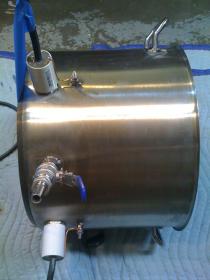
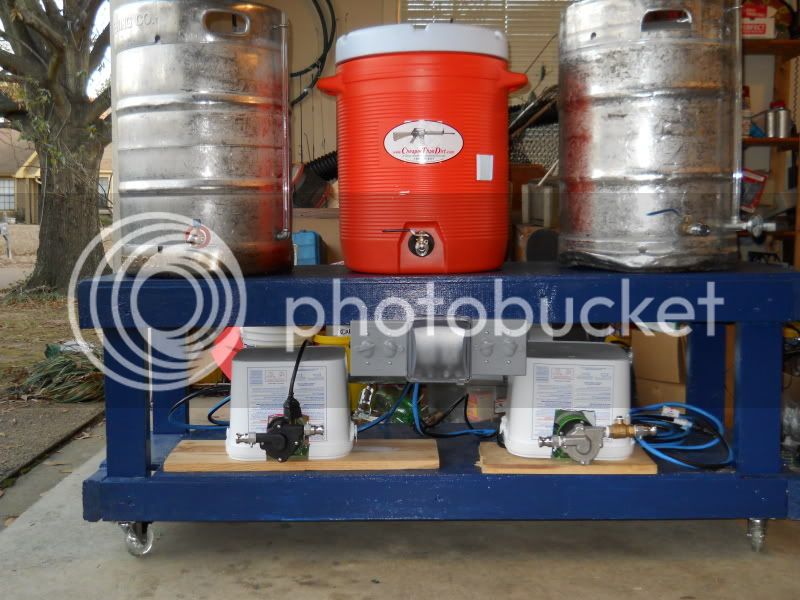
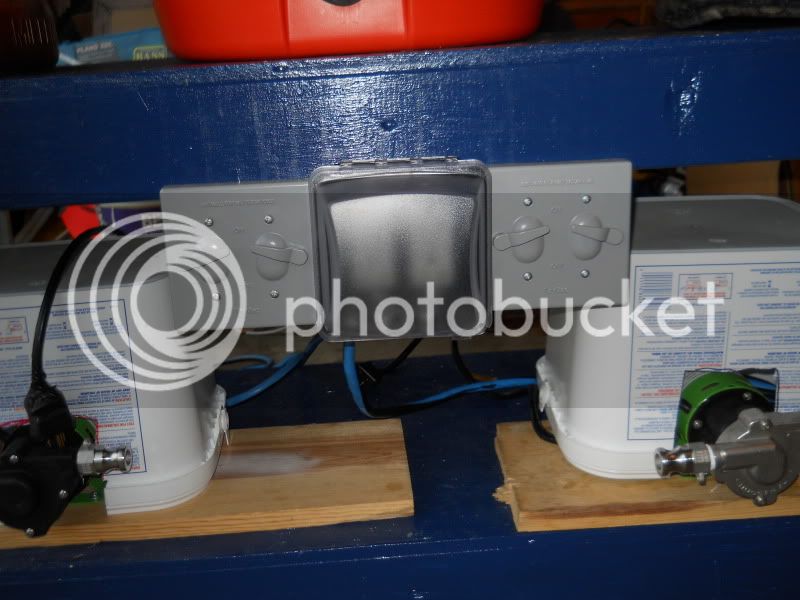
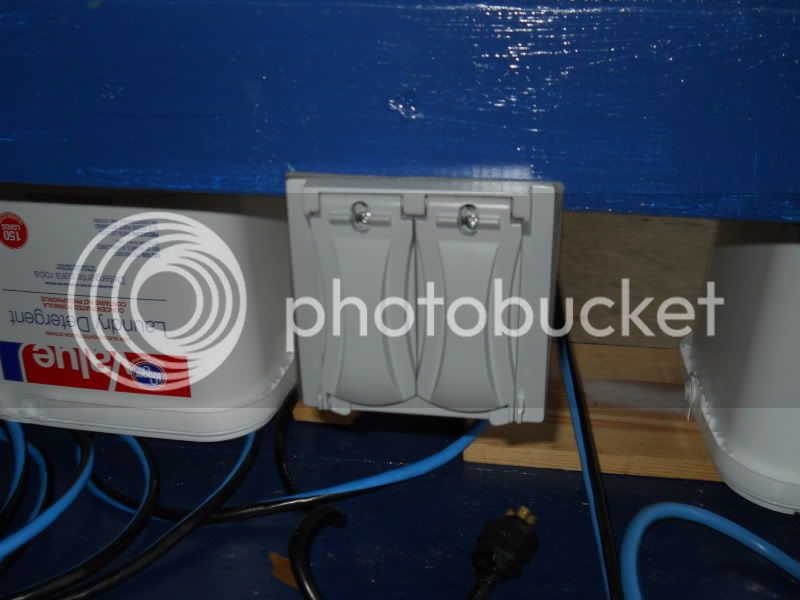






































![Craft A Brew - Safale S-04 Dry Yeast - Fermentis - English Ale Dry Yeast - For English and American Ales and Hard Apple Ciders - Ingredients for Home Brewing - Beer Making Supplies - [1 Pack]](https://m.media-amazon.com/images/I/41fVGNh6JfL._SL500_.jpg)

















